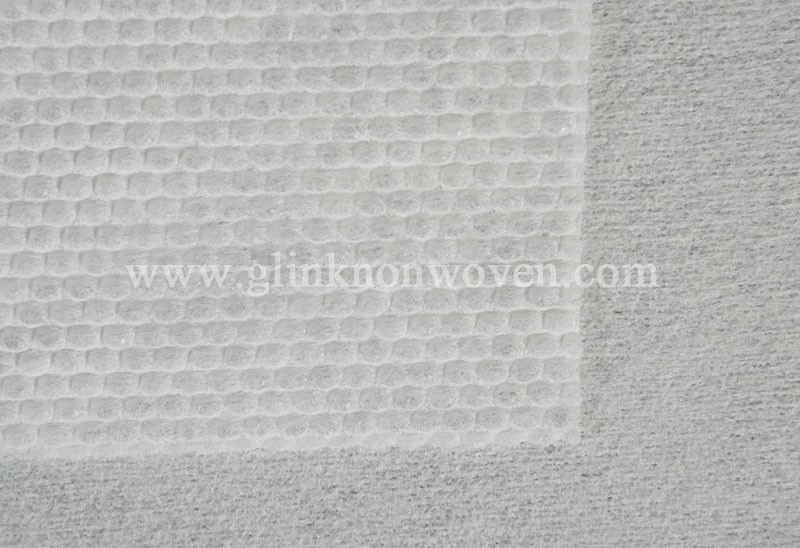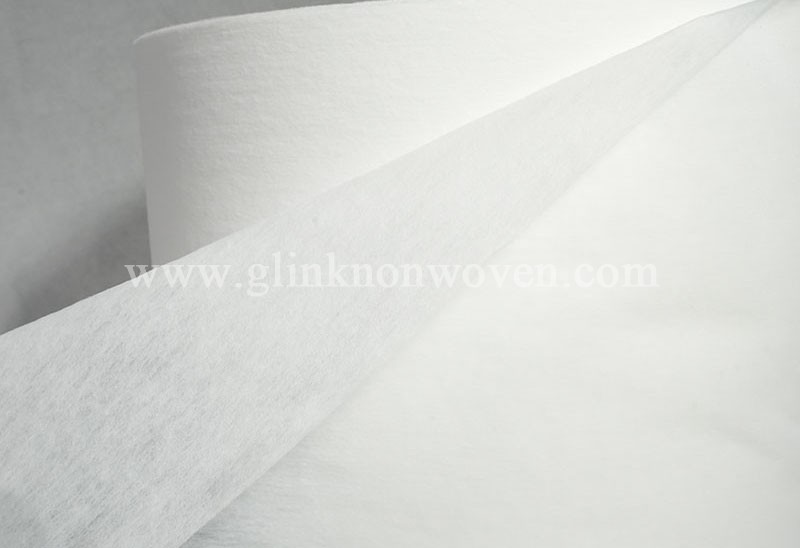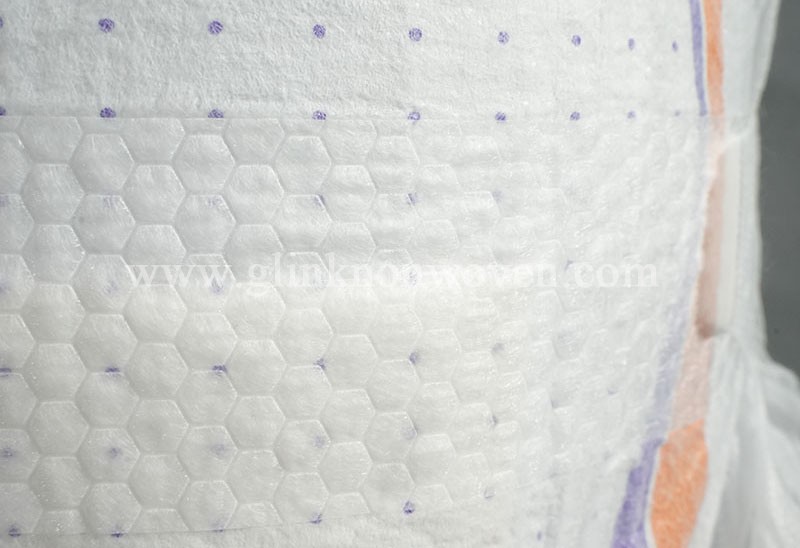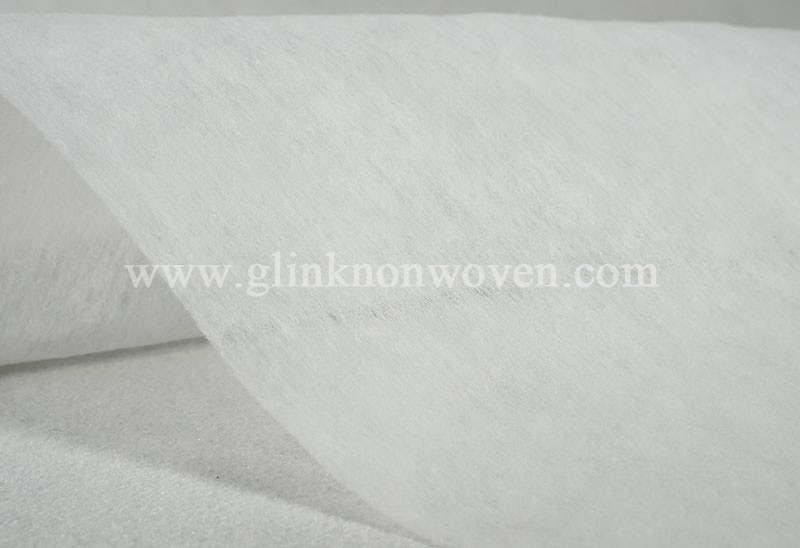The types and characteristics of nonwoven fabrics in the hygiene industry
May 08, 2025
Non woven fabric is a commonly used material for hygiene products, with advantages such as softness, breathability, and strong moisture absorption. The following are common types and characteristics of non-woven fabrics in hygiene products:
Spunbond nonwoven fabric
Production process: Polymer is directly processed into continuous filaments through melting, extrusion, spinning and other processes, and then reinforced by mesh laying and hot rolling.
Features: High strength, balanced longitudinal and transverse strength, good wear resistance and tear resistance; Soft to the touch and lightweight in texture; Good chemical resistance, able to withstand the erosion of various chemical substances; Good waterproof performance, effectively blocking liquid penetration; High production efficiency and relatively low cost.
SMMS nonwoven raw materials
Production process: By extruding polymer melt from the nozzle and stretching it with high-speed hot air flow, the fiber diameter reaches the micrometer level, and then condensed into a mesh, which is reinforced by self bonding or thermal bonding.
Characteristics: The fiber diameter is thin, usually between 1-5 microns, with excellent filtration performance, which can effectively block bacteria, viruses, and small particles; High porosity, good breathability, can keep the skin dry and comfortable; Strong moisture absorption, able to quickly absorb liquids and lock in moisture; High softness, comfortable hand feel, and minimal skin irritation.
Spunlace nonwoven materials
Production process: High pressure micro water flow is used to spray onto one or more layers of fiber webs, causing the fibers to entangle with each other, thereby reinforcing the fiber webs and giving them a certain strength.
Features: It has good softness and drape, with a full hand feel, similar to natural fiber fabrics; High strength, especially outstanding wet strength performance, not easily damaged in humid environments; Excellent moisture absorption and breathability, able to quickly absorb and dissipate moisture, keeping the skin dry and comfortable; The fibers are tightly bound together, not easily shedding hair, and the product quality is stable.
Hot air non-woven fabric
Production process: After the fibers are combed into a web, hot air is used to penetrate the web, causing the hot melt fibers or added hot melt powder in the fibers to melt and bond together to form non-woven fabric.
Features: Good fluffiness, soft touch, good elasticity and resilience; Good breathability, allowing air to circulate freely and making the skin feel comfortable; Lightweight, lightweight texture, easy to use and carry; The production process does not require water, has low energy consumption, and high production efficiency.
If you want to get more information about our products, you can click www.glinknonwoven.com.
Read More



